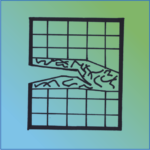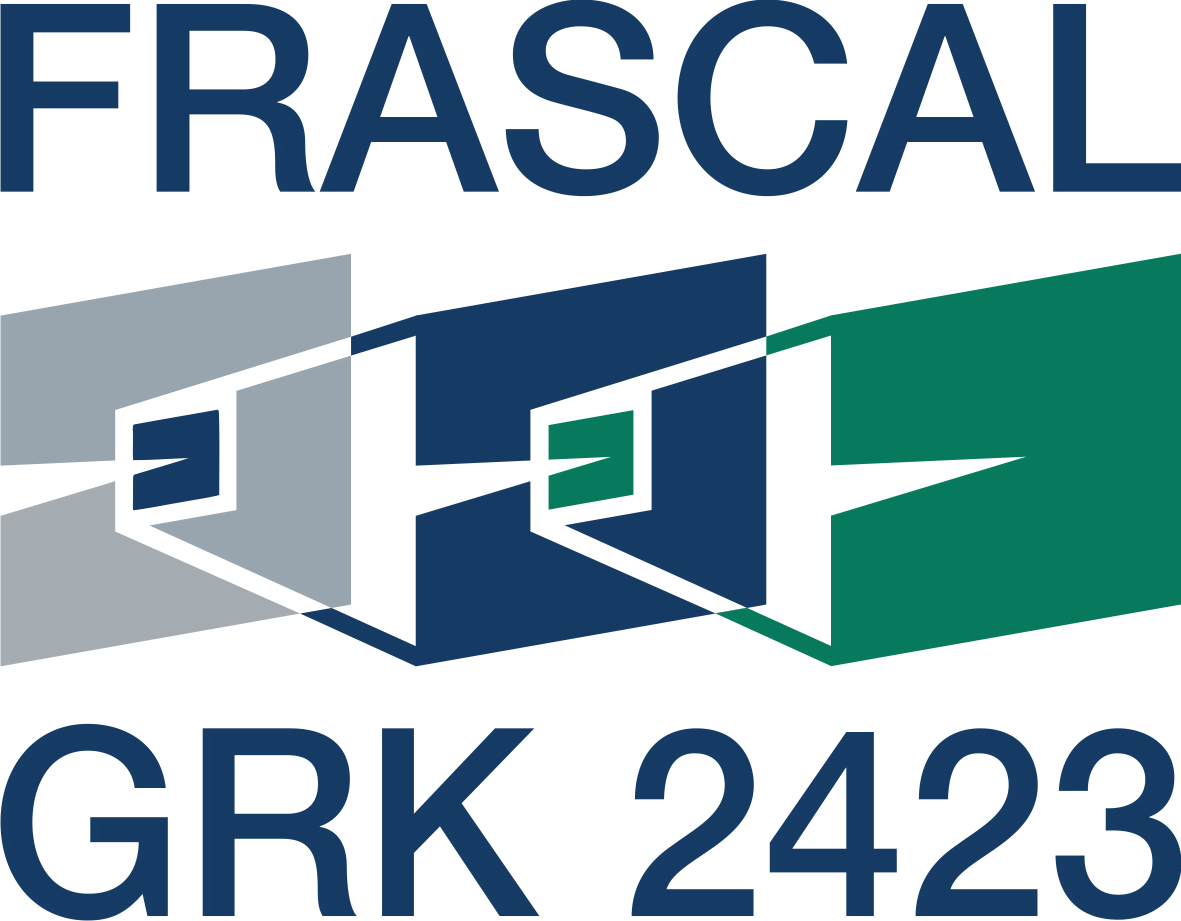P6 – Fracture in Thermoplastics: Discrete-to-Continuum
 Motivation
Motivation
Nanocomposites have great potential for various applications since their properties may be tailored to particular needs. One of the most challenging fields of research is the investigation of mechanisms in nanocomposites which improve for instance the fracture toughness even at very low filler contents [1]. Several failure processes may occur like crack pinning, bi-furcation, deflections, and separations [2]. Since the nanofiller size is comparable to the typical dimensions of the monomers of the polymer chains, processes at the level of atoms and molecules have to be considered to model the material behaviour properly. In contrast, a pure particle-based description becomes computationally prohibitive for system sizes relevant in engineering. To overcome this, only e.g. the crack tip shall be resolved to the level of atoms or superatoms in a coarse-graining (CG) approach.
Objectives
Thus, this project aims to extend the recently developed multiscale Capriccio method [3], [4] to adaptive particle-based regions moving within the continuum. With such a tool at hand, only the vicinity of a crack tip propagating through the material has to be described at CG resolution, whereas the remaining parts may be treated continuously with significantly less computational effort.
Work plan
We employ polystyrene at CG resolution and use the Capriccio method to couple the particle-based domain to the continuum treated by the Finite Element Method (FEM). We will introduce mesh adaptivity into the Capriccio method together with a moving CG domain. This is the essential precondition for our intended, long-term multiscale fracture simulation: there, the individual levels of resolution will be chosen such that the instantaneous cracking only occurs in the particle-based region. Then, according to the crack propagation, the CG domain moves along the crack path. Our project will link the projects P3 and P8: while P3 will provide the basic principles for the particle-based treatment of fracture, P8 will benefit from our results for an even more sophisticated description of the representative cut-out required there. Beyond, close collaborations are planned with P2, P9, and P11 as well as with the overarching postdoc project P12.
[1] M. H. Wichmann, K. Schulte and H. D. Wagner, “On nanocomposite toughness,” Composites Science and Technology, vol. 68, no. 1, pp. 329-331, 2008.
[2] S. Chandrasekaran, N. Sato, F. Tölle, R. Mülhaupt, B. Fiedler and K. Schulte, “Fracture toughness and failure mechanism of graphene based epoxy composites,” Composites Science and Technology, vol. 97, pp. 90-99, 2014.
[3] S. Pfaller, Multiscale Simulation of Polymers, Erlangen, 2015.
[4] S. Pfaller, M. Rahimi, G. Possart, P. Steinmann, F. Müller-Plathe and M. Böhm, “An Arlequin-based method to couple molecular dynamics and finite element simulations of amorphous polymers and nanocomposites,” Computer Methods in Applied Mechanics and Engineering, vol. 260, pp. 109-129, 2013.
